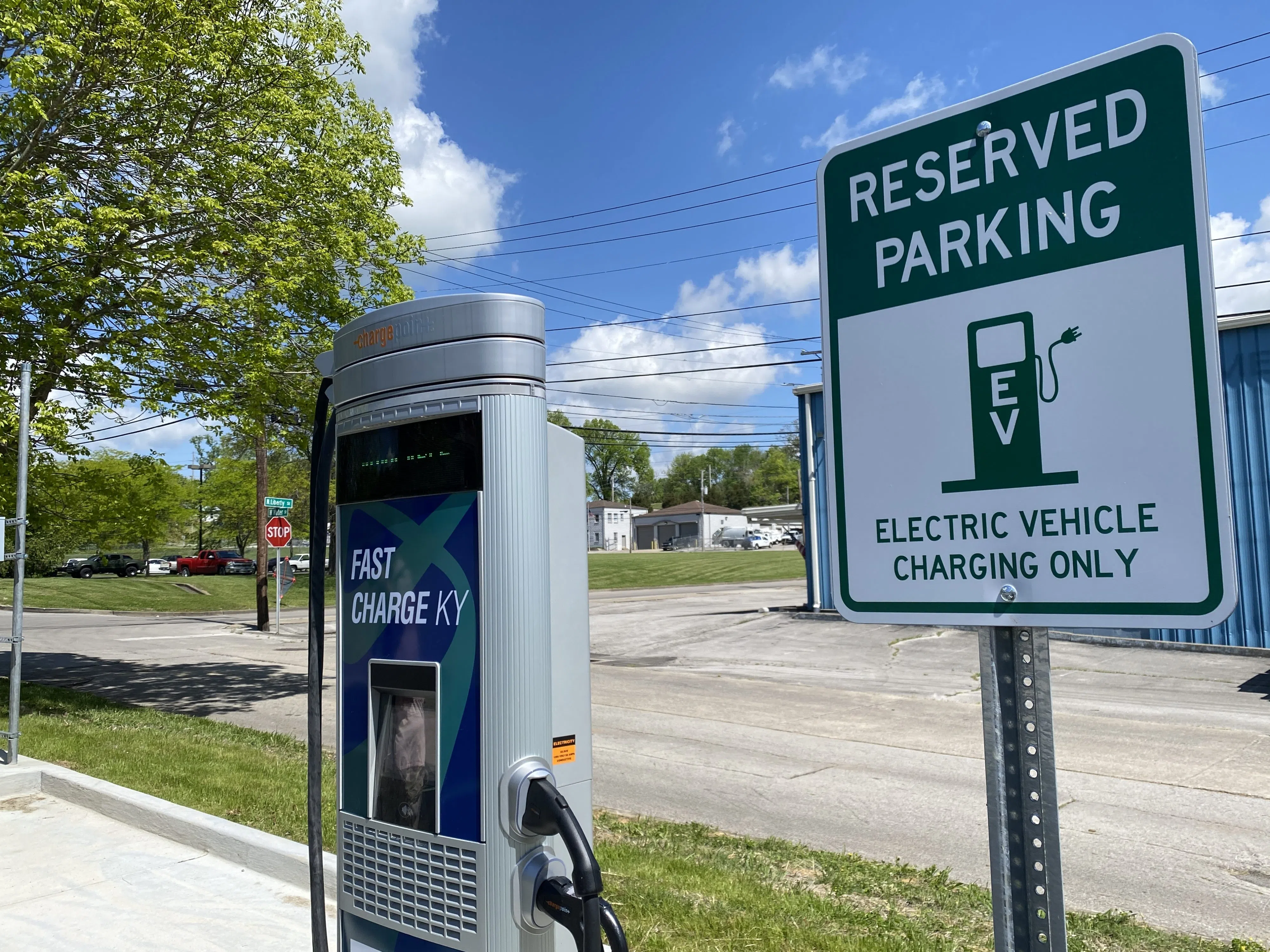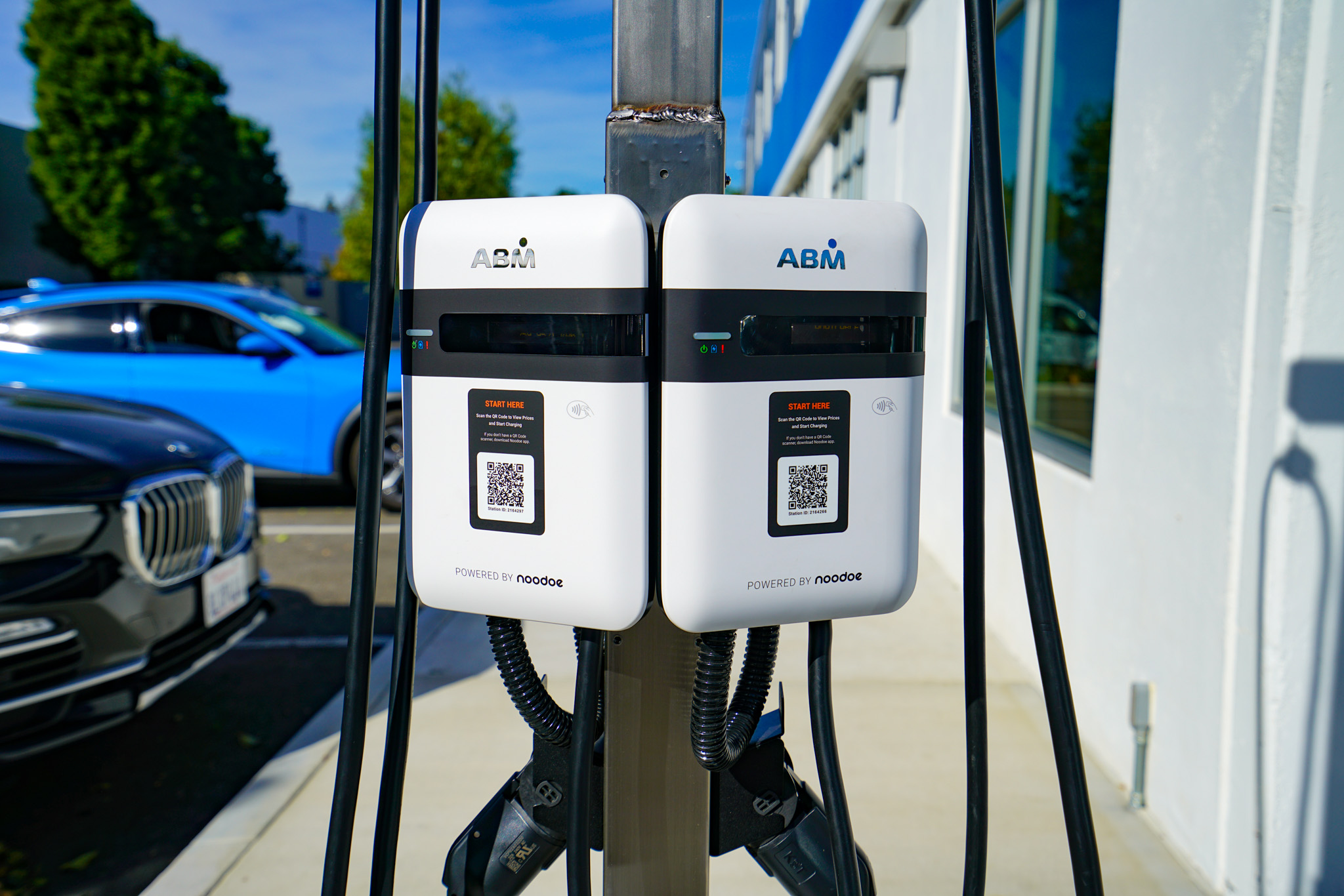Leading EV Charging Information: Key Updates on Framework and Technology

Current Innovations in Fast-Charging Technology

Furthermore, advancements in battery modern technology, consisting of boosted thermal monitoring systems and higher energy density batteries, complement fast-charging abilities. These growths alleviate the threat of battery degradation throughout fast charging, ensuring durability and performance for EV owners.
Furthermore, the assimilation of smart charging remedies is boosting user experience, allowing real-time monitoring and vibrant rates versions. EV Charging news. This adaptability permits chauffeurs to maximize charging prices and times based on grid need
As automakers remain to spend in fast-charging networks, the cooperation between industry stakeholders is crucial. Partnerships in between billing station companies and automobile producers are paving the method for extensive protection, eventually fostering a more durable EV ecosystem. These innovations are crucial in supporting the transition to sustainable transportation.
Federal Government Campaigns for Charging Development
Federal government campaigns play a critical role in the expansion of electric vehicle (EV) billing facilities, promoting the change to sustainable transportation. Various federal and state programs are being carried out to improve charging ease of access, decrease the financial problem on consumers, and promote the fostering of electric lorries.
Notably, the U.S. government has actually alloted substantial financing with the Facilities Financial Investment and Jobs Act, which allocates $7.5 billion for EV billing network growth throughout the nation. This financing is targeted at deploying thousands of brand-new charging stations, particularly in underserved areas, consequently attending to array stress and anxiety among potential EV purchasers.
Furthermore, countless states are passing regulation to enhance the permitting process for charging terminal installments, which is critical for increasing deployment. Incentives such as tax obligation credits and refunds for both customers and companies are also being introduced to motivate the installment of billing infrastructure.
Additionally, public-private collaborations are increasingly coming to be an emphasis, leveraging exclusive financial investment to enhance government funding. These efforts underscore a collaborative strategy necessary for developing a effective and comprehensive EV billing network, ultimately adding to a greener and even more lasting future.
Cutting-edge Battery Solutions Enhancing Performance
Reinventing the landscape of electrical automobile (EV) technology, cutting-edge battery solutions are considerably boosting efficiency and performance. Advancements in battery chemistry, specifically with lithium-sulfur and solid-state batteries, are causing raised power thickness, which enables longer varieties and faster billing times. These new battery types have the possible to outmatch conventional lithium-ion batteries by offering greater abilities while decreasing weight, consequently enhancing total lorry effectiveness.
Additionally, advancements in battery monitoring systems (BMS) are maximizing see here now power usage and extending battery life-span. Smart formulas keep track of battery health and wellness and performance, allowing real-time changes to charging and releasing processes. This not just boosts the efficiency of the battery yet likewise makes sure a much more trustworthy and lasting power resource for EVs.
In addition, the assimilation of reusing innovations is attending to the environmental effect of battery production and disposal. Developments in second-life applications for EV batteries are promoting their usage in energy storage systems, adding to a round economic situation.
As these innovative battery options proceed to progress, they guarantee to transform the EV market, making electrical lorries more easily accessible and attractive to a more comprehensive target market while sustaining worldwide sustainability goals.

Partnership Between Automakers and Billing Networks
Recognizing the critical requirement for a durable charging framework, automakers are progressively collaborating with billing network providers to improve the EV possession experience (EV Charging news). These collaborations intend to produce a smooth charging ecological community that benefits consumers and supports the change to electrical lorries
Significant vehicle brand names are joining pressures with well-known charging networks to increase their billing station insurance coverage, guaranteeing drivers have access to hassle-free and reputable billing options. Partnerships with networks like ChargePoint and Electrify America enable car manufacturers to incorporate billing services directly into their vehicles' navigating systems, assisting individuals to the local terminals and supplying real-time schedule updates.
Furthermore, these partnerships commonly cause the advancement of fast-charging modern technologies that dramatically minimize the time required to charge an EV. By merging sources and knowledge, automakers and charging networks can innovate quicker, producing options that meet the expanding need for electrical mobility.
Additionally, joint efforts may likewise check here bring about even more standardized billing methods, which can alleviate customer confusion and promote wider EV fostering. In general, these critical alliances are pivotal in building a efficient and easy to use billing framework that fulfills the requirements of an expanding electric lorry market.
Obstacles Facing EV Charging Facilities
As the electric car market proceeds to grow, several obstacles are appearing that impede the advancement of an extensive charging facilities. Among the main barriers is the inadequate number of billing stations, especially in country and underserved urban locations. This void creates array stress and anxiety amongst prospective EV buyers, deterring them from making the button.
In addition, the absence of standardization in charging modern technology makes complex the framework landscape. Variations in plug types and go now charging rates can develop complication for individuals and enhance operational complexities for charging network operators.
Another pressing issue is the high price connected with the installation and upkeep of billing terminals, which can be an obstacle for both private organizations and public entities. Governing difficulties and zoning limitations can delay the deployment of billing framework, restraining development in expanding vital solutions. Dealing with these difficulties will certainly be crucial for cultivating a durable EV ecological community that supports the shift to lasting transportation.
Verdict
Finally, the continuous innovations in EV billing innovation, supported by substantial federal government campaigns and ingenious battery options, are essential for the expansion and efficiency of electric automobile facilities. Collaborations in between automakers and billing suppliers better boost station coverage, attending to the expanding demand for easily accessible billing alternatives. Regardless of obstacles that linger within the EV billing landscape, these growths indicate a favorable trajectory towards a much more efficient and lasting electric vehicle environment.
Advancements in charging framework have led to the growth of ultra-fast chargers qualified of delivering up to 350 kW of power, considerably lowering charging times. Variations in plug kinds and charging rates can create complication for customers and raise functional complexities for charging network operators.In final thought, the recurring innovations in EV charging innovation, supported by substantial federal government initiatives and innovative battery services, are important for the development and performance of electrical lorry framework. Partnerships between automakers and billing companies better improve station protection, addressing the growing demand for easily accessible billing options. Regardless of obstacles that linger within the EV charging landscape, these growths symbolize a positive trajectory in the direction of a much more effective and lasting electric car ecological community.